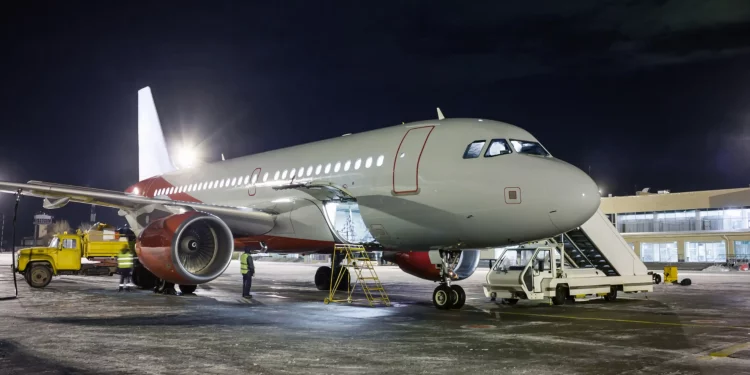Saudi Arabia is known as the oil giant, but now in line with the goals of Vision 2030, Crown Prince Mohammed Bin Salman’s ambitious project aims to diversify the economy and stir it away from just depending on oil revenues
Saudi Arabia is a country that is generally hard to get visas for a visit. Visas were hard to get even after the country earns an estimated $12 billion every year through the Umrah pilgrimage during the Hajj season.
But now since post-pandemic tourism continues to increase, the Kingdom of Saudi Arabia is working to increase its revenue from tourism as well. The country currently is focusing on relaxing the entry restrictions and promoting its tourist destinations. And as a part of this, Saudi is also replacing Riyadh’s King Khalid Airport with King Salman International, which will be one of the world’s largest airports.
Diversifying the Economy
Saudi Arabia is known as the oil giant, but now in line with the goals of Vision 2030, Crown Prince Mohammed Bin Salman’s ambitious project aims to diversify the economy and stir it away from just depending on oil revenues. The government is spending billions on developing ancient cities like Hegra (Madain Salih) and al-Ula. The coastal and desert destinations are also developing to attract tourists seeking a luxurious getaway.
“The government is highly committed to the sector’s development – and it knows that with Saudi Arabia’s incredible and diverse landscapes, tourism could be big,” said Charles Phillips, an Oxford-based researcher and consultant, reports Al Jazeera. According to experts, Saudi Arabia currently does not have a proper infrastructure to entertain the amount of traffic in order to be a diversified economy.
The plan to replace King Khalid International with King Salman International will provide Riyadh with a capacity to accommodate nearly 120 million passengers a year by 2030. King Salman International Airport is expected to bring an additional $7.18bn annually to the kingdom’s non-oil GDP. Joseph A Kechichian, a senior fellow at the King Faisal Centre for Research and Islamic Studies in Riyadh stated that the airport is one of the several projects to drive the country into increasingly globalising markets.
Expanding the Aviation Sector
Qatar and the United Arab Emirates are currently the busiest airports in the GCC (Gulf Cooperation Council). King Salman International could surpass these two airports once it is open to the public. UAE and Qatar have greatly benefitted from their airports with their airlines getting global recognition.
Saudi announced that it will be launching a second national airline called ‘Riyadh Air’ and will be headed by the former CEO of Etihad. The newly constructed airport and Riyadh Air will potentially bring many benefits like its neighbours. The officials also emphasise that the new airport’s design intertwines green initiatives with renewable energy powering the airport’s facilities.
John Calabrese, director of the Middle East-Asia Project at the Middle East Institute states that the project enhances Saudi Arabia’s efforts to diversify the economy, provide a green future and increase employment opportunities for the country’s young population. “It can also serve to complement and support other sectors,” said John Calabrese. He also added that the new airport will be equipped with a larger freight capacity which goes in line with the country’s agenda of localising production.
But this could trigger a race in terms of profitability and pricing as the execution of the airport project might take a share of the neighbouring countries market. The effect of these mega investment projects on the Kingdom of Saudi Arabia’s non-oil market is yet to be seen. Undoubtedly, Saudis are highly motivated and goal-oriented people, so to have the planning and running of the massive airport within seven years with complete financial backing is not surprising.


















